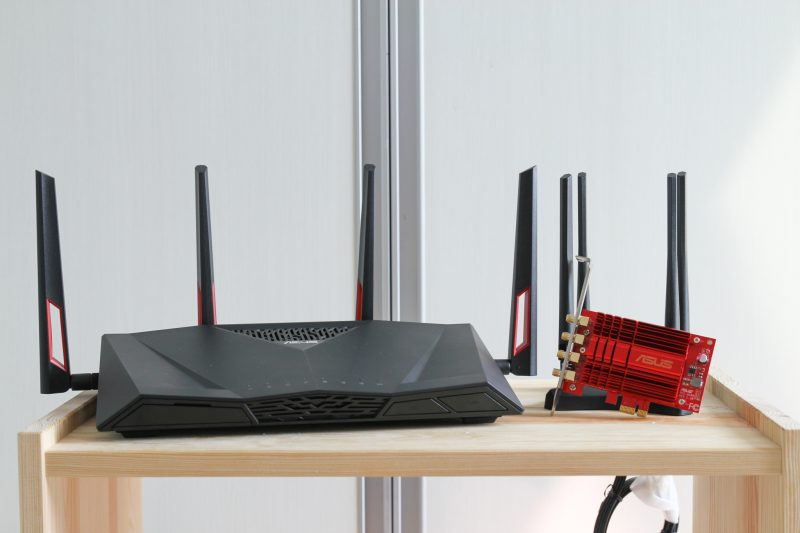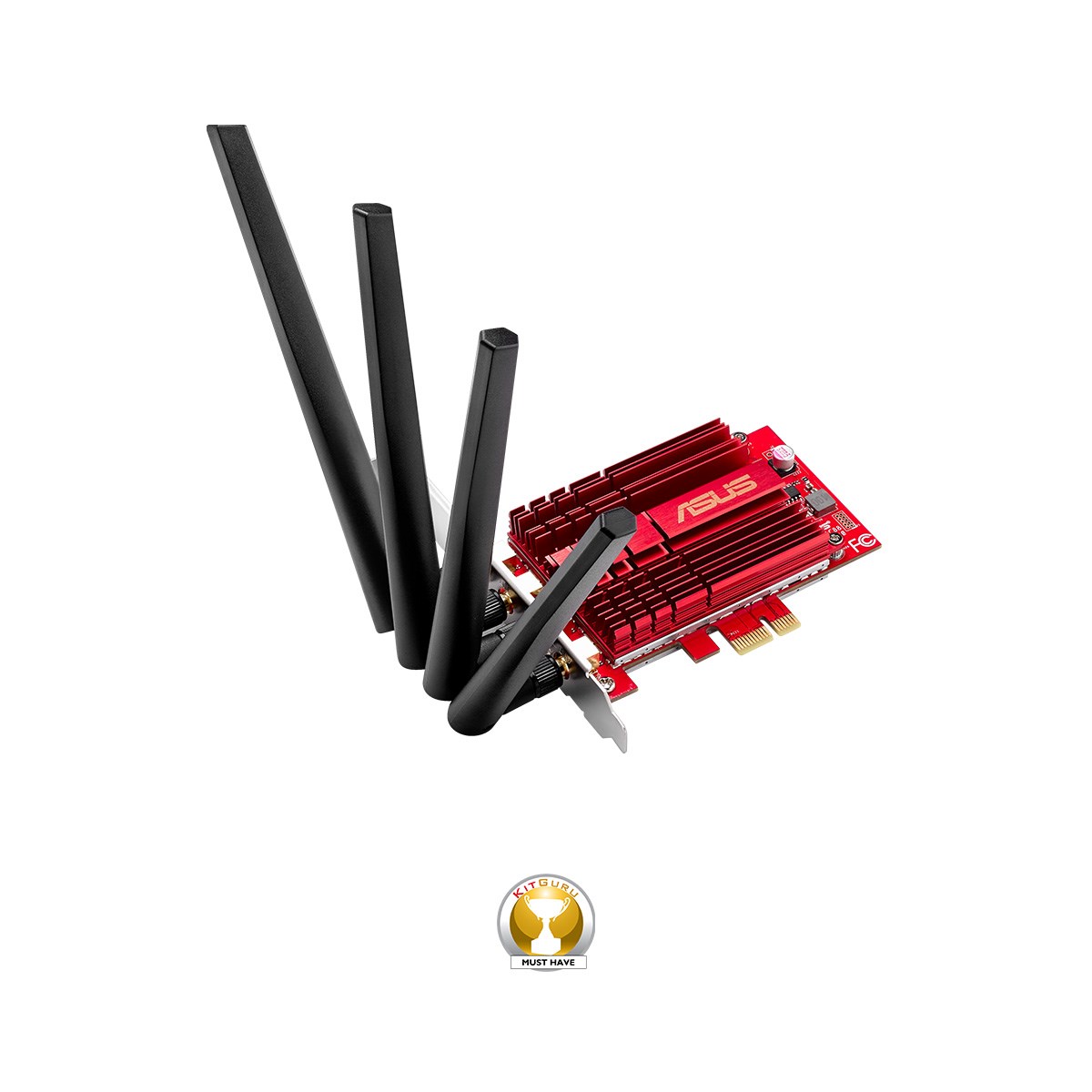

The R7000 sports a Broadcom BCM4709A SoC, while the RT-AC68U uses the Broadcom BCM4708A. – Unidentified 2.4 GHz Power Amp marked 397 649e 230(x3) – Skyworks SE2623L 2.4 GHz Power Amp (x3)

Most people don’t even have AC580 or AC867 class devices anyway and buy AC routers for the folly of future-proofing or in hope of improving wireless throughput and/or range for existing G and N devices. If you’re looking for AC1900 results, you’ll have to wait for another week or so. The gist of this is that this first look tests both products as AC1750 routers. So ASUS is supposedly working on a new driver that will flip the proper bit. Broadcom came back after a few days and confirmed that TurboQAM is not enabled by default in the PCE-AC68 driver. So after wasting an afternoon trying to coax a 600 Mbps link, I fired off emails to ASUS and Broadcom to let them know of the problem and fell back to my trusty old PCE-AC66. ASUS sent one along with the router and I was not able to get a link above 450 Mbps on the 2.4 GHz radio. The only folks who will are those who spring for two routers and set the second up as a wireless bridge.Įven those who have the only AC1900 client device that exists-ASUS’ PCE-AC68-will likely be disappointed. Rest assured that full reviews for NETGEAR’s R7000 "Nighthawk" and ASUS’ RT-AC68U will follow in the coming weeks.Īs I explain in this short AC1900 primer, not many people will be able to experience the 600 Mbps link rates in 2.4 GHz that are the raison d’être for the AC1900 stew that Broadcom has cooked up. later so that they have an alternative to the somewhat breathless reviews that other sites are posting. So I figured I’d better get something up sooner vs. Some of the resident AC router fanboys over in the Forums are about to pop a blood vessel in anticipation of the first AC1900 class routers and trying to decide which to blow $200+ on.


 0 kommentar(er)
0 kommentar(er)
